Zurich is the largest city in Switzerland (population: 376,815 at the end of 2 007; population of urban area is 1,007,972) and capital of the canton of Zürich. The city is Switzerland's main commercial and cultural centre (the political capital of Switzerland being Bern), and is widely considered to be one of the world's global cities. According to several surveys from 2006 to 2008, Zürich was named the city with the "best quality of life" in the world.
007; population of urban area is 1,007,972) and capital of the canton of Zürich. The city is Switzerland's main commercial and cultural centre (the political capital of Switzerland being Bern), and is widely considered to be one of the world's global cities. According to several surveys from 2006 to 2008, Zürich was named the city with the "best quality of life" in the world.
In Roman times, Turicum was a tax-collecting point at the border of Gallia Belgica (from AD 90 Germania superior) and Raetia for goods trafficked on the Limmat river.
A Carolingian castle, built on the site of the Roman castle by the grandson of Charlemagne, Louis the German, is mentioned in 835 ("in castro Turicino iuxta fluvium Lindemaci"). Louis also founded the Fraumünster abbey in 853 for his daughter Hildegard. He endowed the Benedictine convent with the lands of Zürich, Uri, and the Albis forest, and granted the convent immunity, placing it under his direct authority.
under his direct authority.
In 1045, King Henry III granted the convent the right to hold markets, collect tolls, and mint coins, and thus effectively made the abbess the ruler of the city.
Zürich became reichsunmittelbar in 1218 with the extinction of the main line of the Zähringer family. A city wall was built during the 1230s, enclosing 38 hectares.
Emperor Frederick II promoted the abbess of the Fraumünster to the rank of a duchess in 1234. The abbess assigned the mayor, and she frequently delegated the minting of coins to citizens of the city. However, the political power of the convent slowly waned in the 14th century, beginning with the est ablishment of the Zunftordnung (guild laws) in 1336 by Rudolf Brun, who also became the first independent mayor, i.e. not assigned by the abbess.
ablishment of the Zunftordnung (guild laws) in 1336 by Rudolf Brun, who also became the first independent mayor, i.e. not assigned by the abbess.
The famous illuminated manuscript known as The Manesse Codex, now in Heidelberg - described as "the most beautifully illumined German manuscript in centuries;" - was commissioned by the Manesse family of Zürich, copied and illustrated in the city at some time between 1304 and 1340. Producing such a work was a highly expensive prestige project, requiring several years work by highly skilled scribes and miniature painters, and it clearly testifies to the increasing wealth and pride of Zürich citizens in this period.
Zürich joined the Swiss confederation (which at that time was a loose confederation of de facto independent states) as the fifth member in 1351 but was expelled in 1440 due to a war with the other member states over the territory of Toggenburg (the Old Zürich War). Zürich was defeated in 1446, and re-admitted to the confederation in 1450.
Zürich War). Zürich was defeated in 1446, and re-admitted to the confederation in 1450.
Zwingli started the Swiss Reformation at the time when he was the main preacher in Zürich. He lived there from 1484 until his death in 1531.
In 1839 , the city had to yield to the demands of its urban subjects, following the Züriputsch of 6 September. Most of the ramparts built in the 17th century were torn down, without ever having been besieged, to allay rural concerns over the city's hegemony. The Treaty of Zurich between Austria, France, and Sardinia was signed in 1859.
From 1847 , the Spanisch-Brötli-Bahn, the first railway on Swiss territory, connected Zürich with Baden, putting the Zürich Main Station at the origin of the Swiss rail network. The present building of the Hauptbahnhof (main railway station) dates to 1871
July 2003
 007; population of urban area is 1,007,972) and capital of the canton of Zürich. The city is Switzerland's main commercial and cultural centre (the political capital of Switzerland being Bern), and is widely considered to be one of the world's global cities. According to several surveys from 2006 to 2008, Zürich was named the city with the "best quality of life" in the world.
007; population of urban area is 1,007,972) and capital of the canton of Zürich. The city is Switzerland's main commercial and cultural centre (the political capital of Switzerland being Bern), and is widely considered to be one of the world's global cities. According to several surveys from 2006 to 2008, Zürich was named the city with the "best quality of life" in the world.In Roman times, Turicum was a tax-collecting point at the border of Gallia Belgica (from AD 90 Germania superior) and Raetia for goods trafficked on the Limmat river.
A Carolingian castle, built on the site of the Roman castle by the grandson of Charlemagne, Louis the German, is mentioned in 835 ("in castro Turicino iuxta fluvium Lindemaci"). Louis also founded the Fraumünster abbey in 853 for his daughter Hildegard. He endowed the Benedictine convent with the lands of Zürich, Uri, and the Albis forest, and granted the convent immunity, placing it
 under his direct authority.
under his direct authority.In 1045, King Henry III granted the convent the right to hold markets, collect tolls, and mint coins, and thus effectively made the abbess the ruler of the city.
Zürich became reichsunmittelbar in 1218 with the extinction of the main line of the Zähringer family. A city wall was built during the 1230s, enclosing 38 hectares.
Emperor Frederick II promoted the abbess of the Fraumünster to the rank of a duchess in 1234. The abbess assigned the mayor, and she frequently delegated the minting of coins to citizens of the city. However, the political power of the convent slowly waned in the 14th century, beginning with the est
 ablishment of the Zunftordnung (guild laws) in 1336 by Rudolf Brun, who also became the first independent mayor, i.e. not assigned by the abbess.
ablishment of the Zunftordnung (guild laws) in 1336 by Rudolf Brun, who also became the first independent mayor, i.e. not assigned by the abbess.The famous illuminated manuscript known as The Manesse Codex, now in Heidelberg - described as "the most beautifully illumined German manuscript in centuries;" - was commissioned by the Manesse family of Zürich, copied and illustrated in the city at some time between 1304 and 1340. Producing such a work was a highly expensive prestige project, requiring several years work by highly skilled scribes and miniature painters, and it clearly testifies to the increasing wealth and pride of Zürich citizens in this period.
Zürich joined the Swiss confederation (which at that time was a loose confederation of de facto independent states) as the fifth member in 1351 but was expelled in 1440 due to a war with the other member states over the territory of Toggenburg (the Old
 Zürich War). Zürich was defeated in 1446, and re-admitted to the confederation in 1450.
Zürich War). Zürich was defeated in 1446, and re-admitted to the confederation in 1450.Zwingli started the Swiss Reformation at the time when he was the main preacher in Zürich. He lived there from 1484 until his death in 1531.
In 1839 , the city had to yield to the demands of its urban subjects, following the Züriputsch of 6 September. Most of the ramparts built in the 17th century were torn down, without ever having been besieged, to allay rural concerns over the city's hegemony. The Treaty of Zurich between Austria, France, and Sardinia was signed in 1859.
From 1847 , the Spanisch-Brötli-Bahn, the first railway on Swiss territory, connected Zürich with Baden, putting the Zürich Main Station at the origin of the Swiss rail network. The present building of the Hauptbahnhof (main railway station) dates to 1871
July 2003






































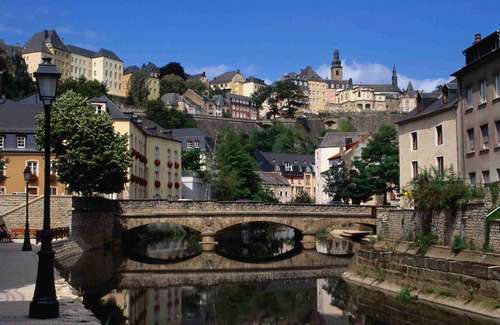



















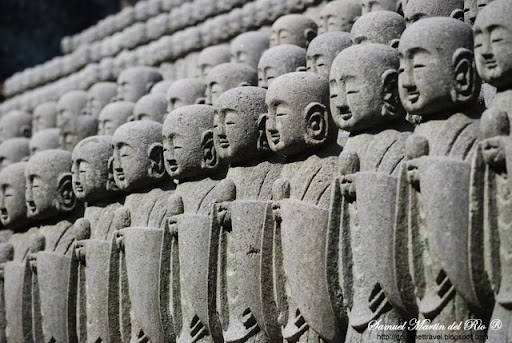











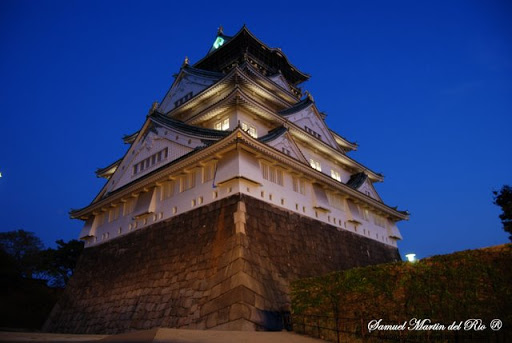
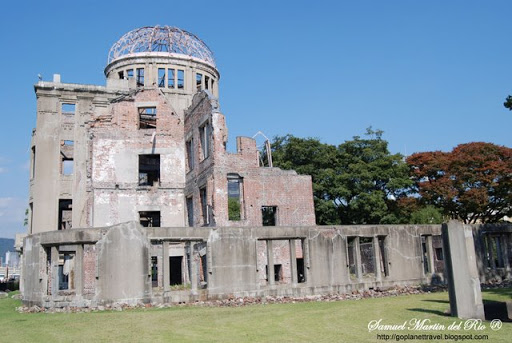







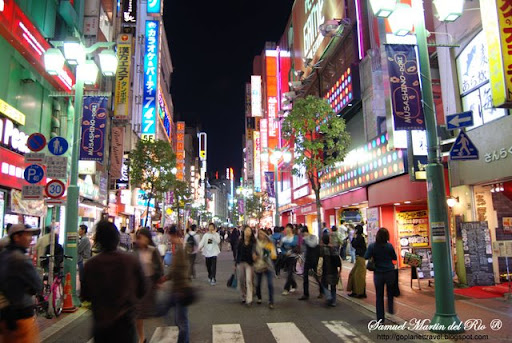



















No comments:
Post a Comment